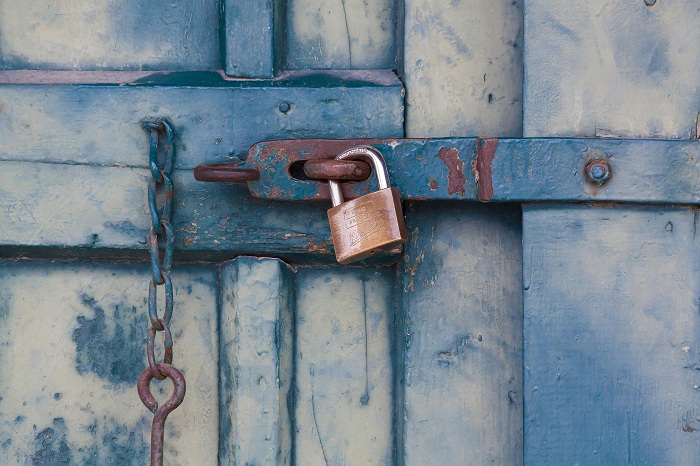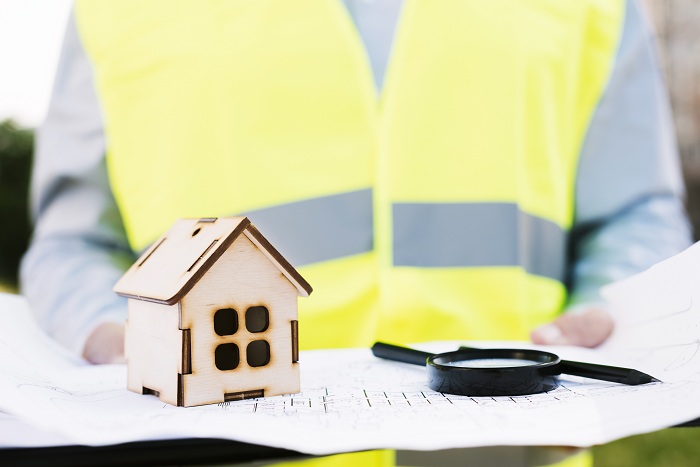Here you will explored the top 10 safety measures you should take before moving into your new home.
Moving into a new house is a thrilling experience—fresh walls, new beginnings, and endless possibilities. But before you get carried away by the excitement, there’s one crucial aspect you must prioritize: safety. After all, your new house is more than just a place to live; it’s a sanctuary for you and your loved ones.
Let’s walk through the top 10 safety measures you should take before moving into your new home. We’ll keep things light, conversational, and informative, with a dash of humor to keep you engaged. Ready? Let’s dive in!
1. Secure the Perimeter: Your First Line of Defense

Imagine moving into your new home, only to discover that the previous owners had a loose lock on the front door. Not exactly the “welcome home” you were hoping for, right?
Upgrade the Locks
Before you even start unpacking, changing the locks on all doors should be your top priority. Consider investing in smart locks, which offer keyless entry and remote access, giving you peace of mind even when you are away.
Pro Tip: If you have just bought the house, chances are the realtor, previous owners, or even the maintenance crew might still have a copy of the keys. New locks ensure that only you and your trusted ones have access.
For more articles click here.
2. Install a Reliable Security System: The Watchful Eye

In a world where technology reigns supreme, relying on your neighborhood watch might not be enough. A home security system can be your silent guardian, watching over your house 24/7.
Choose a Smart Security System
Look for systems that include motion sensors, cameras, and alarms. Many modern systems allow you to monitor your home from your smartphone. Bonus points if it comes with night vision and cloud storage!
Fun Fact: According to a recent study by the University of North Carolina, 60% of convicted burglars stated that they would avoid targeting homes with visible security systems.
3. Test Smoke and Carbon Monoxide Detectors: The Silent Protectors
Here’s a quick story: A friend of mine moved into a gorgeous new house. Everything was perfect—until the fire alarm went off in the middle of the night. Turns out, the smoke detectors hadn’t been tested, and the batteries were dead. Yikes!
Check and Replace Batteries
Don’t make the same mistake. Test all smoke and carbon monoxide detectors as soon as you move in. Replace the batteries and make sure they’re functioning correctly.
Stat Alert: According to the National Fire Protection Association, three out of five home fire deaths result from fires in properties without working smoke alarms.
4. Childproof the House: For the Little Explorers
If you have young children, their safety is likely at the top of your list. New homes can be full of hidden dangers that curious little hands might discover.
Install Safety Gates and Covers
Secure staircases with safety gates and cover electrical outlets. Don’t forget to lock away cleaning supplies and sharp objects in childproof cabinets.
Personal Touch: When we moved into our first home, our toddler found the one uncovered outlet within minutes. Lesson learned: Childproofing is non-negotiable!
5. Inspect Electrical Systems: Avoid Shocking Surprises
Electrical issues are no joke. Faulty wiring can lead to power outages—or worse, electrical fires.
Hire a Professional Electrician
Even if the house passed inspection, it’s worth hiring a licensed electrician to take a closer look. Ensure all outlets, switches, and wiring are up to code. It is the part of safety measures.
Think your house is too new to have electrical issues? Think again! Older homes aren’t the only ones at risk. Have your electrical systems inspected to sleep soundly at night.
6. Check for Pests: Unwelcome Housemates
There is nothing quite like moving into a new house and discovering a family of raccoons in your attic. Not the kind of company you were hoping for, huh?
Schedule a Pest Inspection
Before moving in, have a professional pest control company inspect the property. They’ll check for signs of rodents, termites, and other critters that might be lurking in the shadows.
Pests are like that one relative who shows up uninvited to your housewarming party—best to handle them before they get too comfortable!
7. Evaluate the Plumbing: No More Leaky Situations
Imagine setting up your kitchen, only to find a puddle under the sink. Leaky pipes and faulty plumbing can quickly turn into expensive repairs if not addressed early.
Run a Full Plumbing Check
Inspect all faucets, toilets, and water heaters for leaks or malfunctions. It is included in safety measures to consider investing in a water leak detection system that alerts you to any leaks before they cause damage.
Latest Research: A study by the Insurance Information Institute found that water damage is one of the most common causes of homeowner insurance claims, with an average claim costing around $10,000.
8. Improve Lighting: Illuminate Your Space
Good lighting is essential for both security and comfort. It is one of essential safety measures. A well-lit home deters burglars and ensures you can see potential hazards.
Install Exterior Lighting
Motion-sensor lights around the perimeter of your home are a great way to ward off intruders. Inside, ensure all rooms are well-lit and consider adding dimmer switches for ambiance.
Interactive Tip: Take a walk around your new neighborhood at night. Notice any dark spots? That is where you should consider adding extra lighting to your home.
9. Create a Home Inventory: Know What You Own
This may sound tedious, but trust me, it’s worth the effort. A home inventory helps you keep track of your belongings and can be a lifesaver if you ever need to file an insurance claim.
Use an App to Organize
Several apps allow you to easily catalog your belongings with photos, descriptions, and receipts. Update your inventory every time you make a significant purchase.
Have not started your home inventory yet? Now’s the perfect time! It’s one of those things you’ll thank yourself for later.
10. Prepare an Emergency Plan: Because Life Happens
Let’s be real—disasters are unpredictable. Whether it’s a fire, flood, or break-in, having an emergency plan can make all the difference.
Map Out Escape Routes and Safe Zones
Sit down with your family and create a plan for different scenarios. Identify safe zones, escape routes, and a meeting spot outside the home.
Personal Touch: When we created our emergency plan, we made it a fun family activity, complete with a practice drill. Not only did it ease everyone’s nerves, but it also ensured we were all on the same page.
Conclusion: Ready, Set, Move!
Moving into a new house is a milestone worth celebrating. But before you pop the champagne, make sure you’ve checked off these essential safety measures.
Your home is your haven, and taking the time to secure it will ensure it stays that way. So go ahead—change those locks, test those alarms, and create a safe, happy home where memories can flourish.
Have you moved recently? Share your own safety tips in the comments below! And don’t forget to subscribe to our newsletter for more home improvement tips and tricks.

